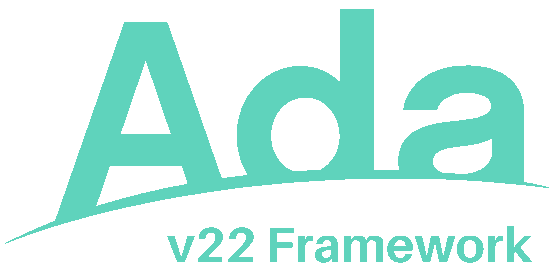AIDE & ADEL

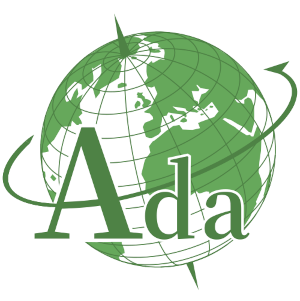
AIDE is supercede by ADEL
AIDE, Ada Instant Development Environment, make Ada integrated development environment setup a breeze. AIDE was intended to GNU/Linux Debian, Ubuntu and derivatives using Libre software. AIDE was written in Ada, as too GNAT Studio, the Ada IDE and GNAT, the GCC Ada compiler.
With the advent of Alire 2.0, the time has come to replace AIDE with ADEL (Ada Development Environment for Linux). ADEL ease the developer workflow and comes with:
- A comprehensive 100 pages manual dealing with installing an Ada toolchain, station and remote workflows, learning examples, programming basics, FAQ and appendices
- ‘e’, a Alire/GNAT Studio launcher
- GNAT Remote, a GNAT Studio remote build and deployment utility for Alire projects. GNAT Remote can also manage Linux services via systemd, making it an outstanding fast deployment tool.
We hope that ADEL will inspire new generations to create quality software. Ada is the best insurance to write reliable programs while being creative and having fun with an amazing language!
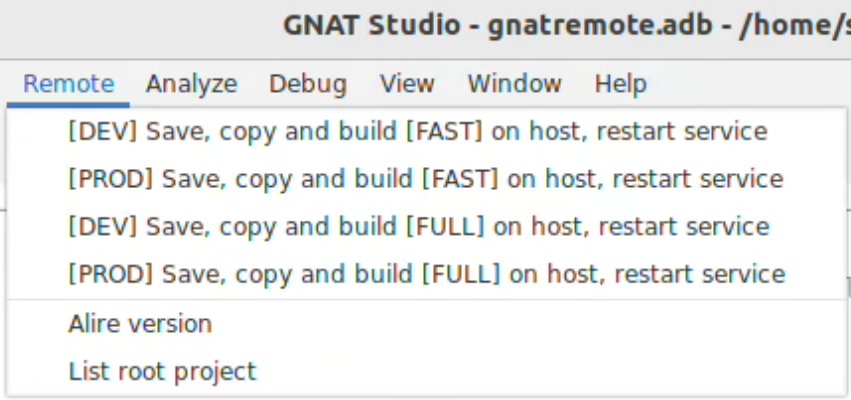
The GNAT Remote menu in GNAT Studio.
sr@ro6 🍀 ~ >gnatremote --help
GnatRemote - Gnatstudio remote utility
Copyright (C) Sowebio SARL 2023-2025
gnatremote v0.9 - v22 v0.7 - build 2025-02-09 19:32:57
This is the short help text
Usage: gnatremote [switches] [arguments] overview
-a, --action=ACTION COMMAND dev_save_copy_build_fast_restart|
prod_save_copy_build_fast_restart|
dev_save_copy_build_full_restart|
prod_save_copy_build_full_restart
-e, --check-error-trace Check .err trace raising an exception
The GNAT Remote help screen.
Why ADEL ?
On the server side, Linux won. We’ve always used the Xen hypervisor and Debian GNU/Linux instances.
On the workstation side, Sowebio has been using GNU/Linux Ubuntu workstations since 2018 and replacing them with GNU/Linux Debian/Xfce workstations since 20241As we dislike the Canonical « snap » way and the increaasing bloating of Ubuntu.
About languages, we mainly use Ada, via the AdaCore / Free Software Foundation GCC GNAT compiler and HAC (Mini-Ada) stand-alone or embeddable interpreter.
To facilitate the integration of our trainees and collaborators, we have formalized and synthesized useful information for developing in Ada under Linux, with Debian or derived distributions, with the full integration of the game-changer Alire crate manager. AIDE is now obsolete.
We had already validated the use of Alire with the v22 library, the ADAM environment for 8-bit microcontrollers.
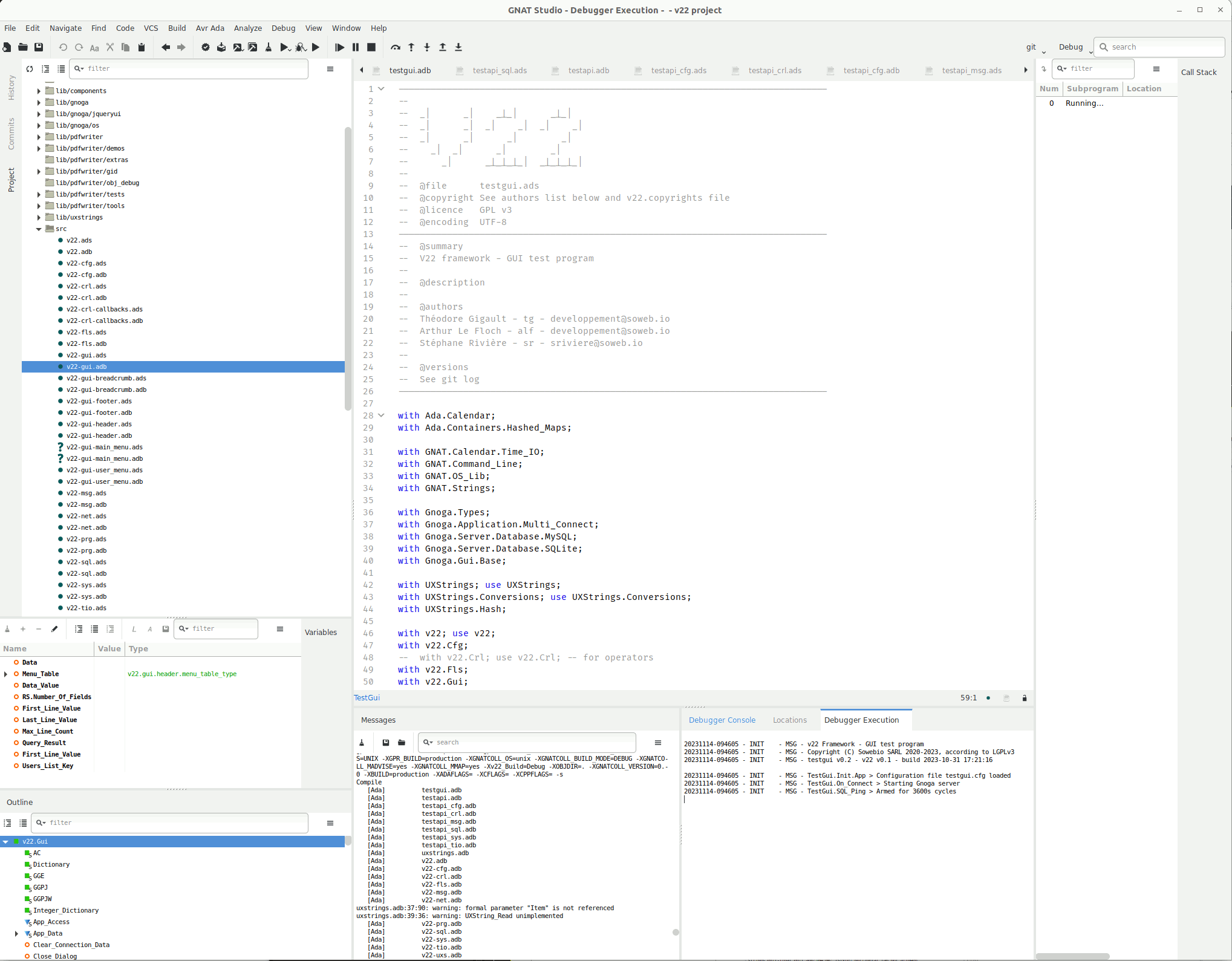
AIDE history
AIDE has its roots from 2002 (v0.5) to 2005 (v1.4), with an edition for Windows that was favored by the 5th edition of the LSM (Libre Software Meeting) on Bordeaux in 2004 the 8th of july. After introducing AIDE, Martin and Xavier (13 years both at this time) has explained how they learn programming in Ada with AIDE.
Let’s hear from Ludovic Brenta, a prominent and well-known member of the Ada community:
“I was most impressed by two 13-year-old youths who started learning programming in February this year, and are already Ada die-hard after playing with Python for a while, and also looking at Lisp, C and Java ».
They understand that Ada is not a fashionable language but still prefer using a good language than a fashionable one. Even more stunning, they even prefer using Emacs instead of more graphical IDEs such as GPS (previous name of GNATStudio, GPS was renamed in 2020)! They’ve written a 2000-line text-mode application in Ada that allows them to draw pictures using ASCII block characters, save them into text files, read back and display them. They designed the file format themselves, and it turns out it is quite similar to XPM.
They have a second application that uses these files to display a « Start » menu with a number of applets, one of which is a fully working calculator. The father of one of these youths, Stéphane Rivière of AIDE fame, taught them the basics of Ada during 45-minute courses on Sundays, and they did all the rest by themselves with very little supervision. After only 4 months since their first exposure to programming, they understand and routinely use separate compilation and encapsulation, and were asking me questions about multitasking and game programming in Ada!”
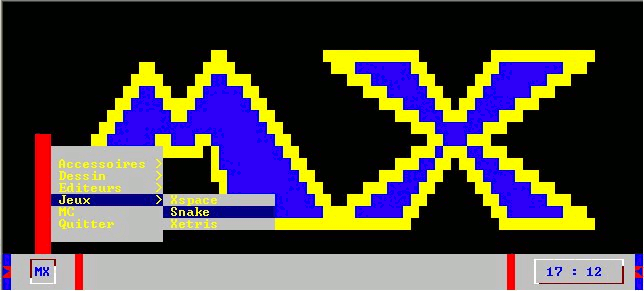
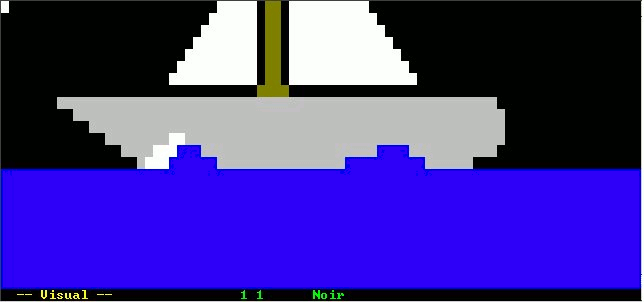
During these years, AIDE was a tool of choice for Ada trainers. They could set up an Ada training room in minutes on any PC!
Then time passed, Windows no longer exists for us, nor does it seem relevant for a free software developer concerned with his tools. Martin and Xavier had dreamed of a version of AIDE for Debian. It was time to re-create AIDE for our own needs – high availability servers cluster management and web applications – and to share it with the free software community.
Some years later, with the advent of Alire 2.0, a mature version, AIDE has had its day. So long AIDE !
